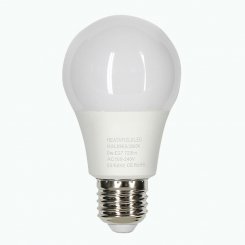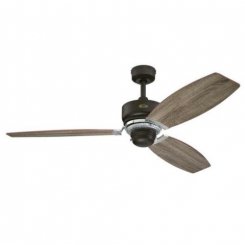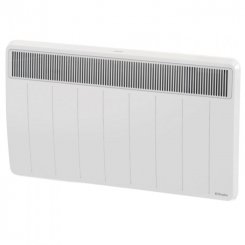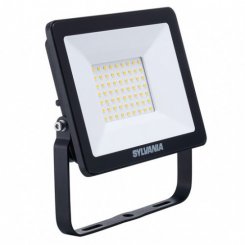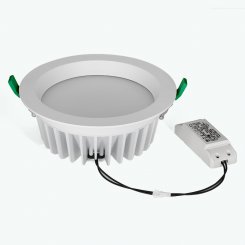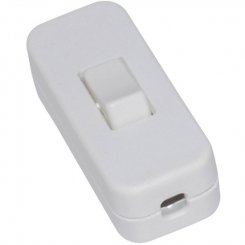A Functional Guide to Colour Temperature and Lumens in Lighting
Lighting is one of the most important aspects of how we experience a room, whether it's your cosy bedroom, a bright kitchen, or a productive workspace. Two of the most important factors to remember when choosing lighting are lumens and colour temperature. In this guide, we'll cover what they are, how they impact your room, and how to choose the right lighting for every room.
What is Colour Temperature in Lighting?
Colour temperature is the light quality provided by a bulb and is described in Kelvin (K). It should not be confused with physical temperature but is a more detailed description of the coolness or warmth of the light.
Previously, lighting choices were mostly limited to warm white, cool white, or daylight. Now, with the introduction of LED technology, we have more control over colour temperature to suit different environments.

Colour Temperatures Comparison
Warm White (2700K – 3000K)
Warm white light is a gentle, yellowish tone that is perfectly suited to achieving a restful and cosy ambience. It is most frequently used in:
- Living rooms
- Bedrooms
- Lounges
- Traditional-style kitchens
Warm white light is best combined with neutral or warm-colored décor for a warm, inviting glow. Personal design styles vary, and lighting must accommodate the personality and atmosphere of your home.
Cool White (4000K)
Cool white light is cleaner and more modern in look with a crisp white colour. It's the better choice for areas where visibility and clarity are important. Ideal for:
- Kitchens
- Bathrooms
- Garages
- Utility rooms
- Work areas
Cool white is practical and energising, ideal for areas with a lot of movement or tasks requiring focus.
Daylight White (5000K – 6500K+)
Daylight white replicates daylight and casts a vivid, blue-white light. It's ideal for detail and colour definition, and therefore it is frequently used in:
- Makeup mirrors
- Display lighting
- Studios or art rooms
- Security lighting
- Commercial applications
It is vivid and intense, ideal when vision and natural colour rendition matter.
Wattage vs. Lumens
Here’s a quick comparison:
| Traditional Bulbs | Wattage Equivalent Lumens |
|---|---|
| 25W | 50 lumens |
| 40W | 450 lumens |
| 60W | 800 lumens |
| 100W | 1600 lumens |
LED light bulbs are far more efficient, offering high lumen output with low power consumption, perfect for energy savings.
How Much Lumens Do I Need Room By Room?
Lighting needs vary with room size, colour scheme, ceiling height, and purpose. Below is a general guide to help you plan:
| Room Type | Recommended Lumens |
|---|---|
| Kitchen | 300–500 lm |
| Living Room | 400–500 lm |
| Hallway | 300 lm |
| Bedroom | 300–400 lm |
| Bathroom | 500–700 lm |
| Reading Spaces | 400 lm |
Tip: Use layered lighting in larger rooms, combine overhead lights with task and ambient lighting for the best effect.

Lumen vs Wattage Comparison Old Gen vs LED Bulbs
Directional vs. Omnidirectional Lighting
Directional lighting (like spotlights or downlights) focuses light in a single direction, making lumen output more accurate and efficient.
Omnidirectional lighting (like traditional GLS shaped Light bulbs or globe lamps) spreads light in all directions, which can make lumen measurement slightly less predictable.
Always consider how the light will be distributed in the room, especially when choosing fixtures for specific tasks like reading or cooking.
Final Tips When Choosing LED Lighting
- Match the colour temperature to the mood and purpose of each room.
- Use lumens, not watts, to compare brightness.
- Combine dimmable options with the right colour temperature for flexibility.
- Choose energy-efficient LEDs for long-term savings and performance.
Shop Smart: Heathfield LED Lighting That Works for You
Whether you're lighting a cosy reading nook or a modern kitchen, knowledge of colour temperature and lumens will help you achieve the perfect mood.
At Heathfield LED, we offer an very large selection of LED lights with the perfect brightness, energy savings, and style to complement any space in your home or workplace.
People Love Us
Read our latest reviews. We're proud of the great comments from our past customers. All verified by Reviews.io

